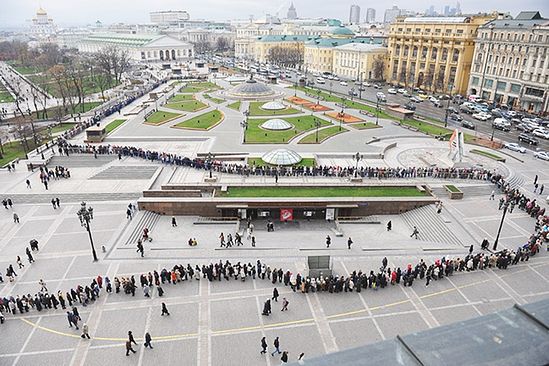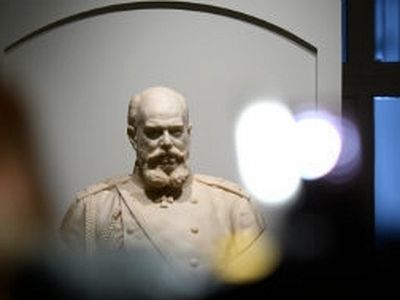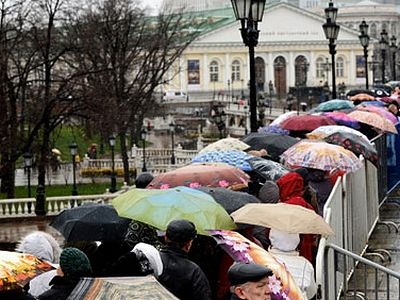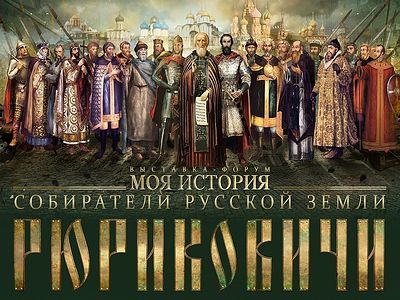St. Petersburg, February 12, 2014
 Orthodox Rus. The Romanovs. My history. St. Petersburg
Orthodox Rus. The Romanovs. My history. St. Petersburg
The exhibition, "Orthodox Rus. The Romanovs. My history", which was a great success in Moscow, may take place in a number of European cities, reports Interfax-Religion.
London and Paris have already made their applications, reported Archimandrite Tihon (Shevkunov), Abbot of the Sretensky Monastery, secretary of the Patriarchal Cultural Council, and one of curators of the exposition, on Wednesday in St. Petersburg to journalists. Fr. Tikhon has not yet made any specific plans to take the exhibition abroad.
On February 16 the exhibition will opened in the "Lenexpo" exhibition complex in St. Petersburg and will be held there till March 2. After the northern capital, the exhibition will be displayed in Vladivostok, Kazan, Volgograd, Samara, Sochi, and other Russian cities.
 Turn to the exhibition "Orthodox Russia. The Romanovs. My history " in Moscow
Turn to the exhibition "Orthodox Russia. The Romanovs. My history " in Moscow
"We did not expect such a success in Moscow. The exhibition was prolonged three times, people queued for four hours, and 80 percent of them were young people. This indicates that our history is indeed in high demand. People want to know who they are and what are their roots," noted Fr. Tikhon.
Deputy governor of the St. Petersburg Vasily Kichedzhi related that among the new arrivals of the exhibition, prepared especially for St. Petersburg, there will be a performance called, "The Bronze Horseman" on the theme by one of Alexander Pushkin's poems. The area of display rooms will be 4,000 square meters, and 350 multimedia devices are involved in the work.
"The city government took the most active part in organization of the exhibition. No budgetary funds have been spent, and that is a good trend. St. Petersburg companies have given considerable financial support," noted V. Kichedzhi.
The exhibition, arranged with participation of the Russian Church, was first displayed in Moscow on November 4-24. Over 300,000 people attended this exhibition.
"This is the highest attendance of exhibitions held at the "Manezh" Central Exhibition Hall in recent years and it is unique for historical exhibitions," reported earlier the press service of the Synodal Information Department.
The preparation work was carried out for over half a year and about 1000 people were involved in it: historians, designers, a creative team, experts on computer graphics, sound, light, video, film-makers, and film-cutters. The exhibition occupied 4,000 square meters of the main exhibition hall in Moscow.
Over 40 excursions were held for school and university students every day. Requests to arranging excursions were received by the organizing committee until the closing of the exhibition; however, excursions were held throughout the first days of the exposition's work.
The exhibition was centered around the discussion of Russian history during the rule of the Romanovs, which lasted for 300 years. The narration was mostly carried out by means of over 350 multimedia carriers, including touch screen monitors, 50 plasmas monitors, light boxes, iPads with interactive quiz games and informative applications, and brief, captivating films.



